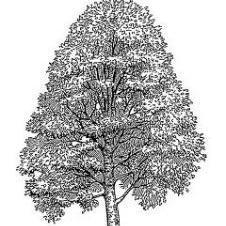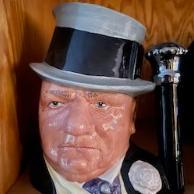Introduce Yourself
Tell your fellow forum members who you are, where you hail from, and what type of woodworking you like to do.
1,097 topics in this forum
-
- 4 replies
- 273 views
-
- 15 replies
- 3.2k views
-
- 14 replies
- 1k views
-
- 2 replies
- 2.3k views
-
- 8 replies
- 1.1k views
-
- 11 replies
- 1.2k views
-
- 8 replies
- 1.3k views
-
- 9 replies
- 1.8k views
-
- 8 replies
- 988 views
-
- 7 replies
- 1.9k views
-
- 8 replies
- 6k views
-
- 5 replies
- 1.9k views
-
- 5 replies
- 1.8k views
-
- 9 replies
- 2.2k views
-
- 8 replies
- 2.2k views
-
- 11 replies
- 3.6k views
-
- 8 replies
- 4.6k views
-
- 2 replies
- 3k views
-
- 7 replies
- 2.5k views
-
- 3 replies
- 2.8k views
-
- 6 replies
- 2.7k views
-
- 7 replies
- 2.9k views
-
- 10 replies
- 2.7k views
-
- 9 replies
- 2.6k views
-
- 5 replies
- 2.5k views
-
Who's Online 2 Members, 0 Anonymous, 52 Guests (See full list)
-
Forum Statistics
31.2k
Total Topics422.3k
Total Posts -
Member Statistics













